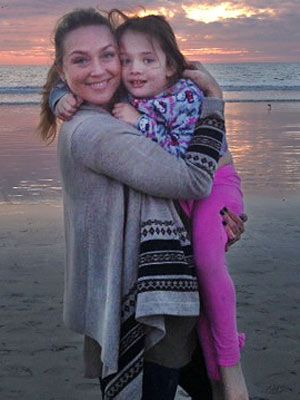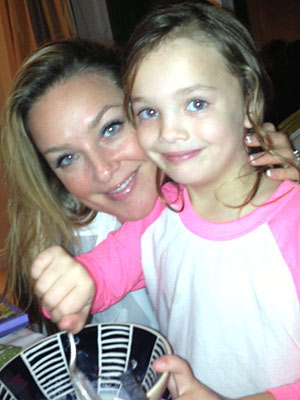ALGIERS/IN AMENAS, Algeria (Reuters) - The Algerian army carried out a dramatic final assault to end a siege by Islamist militants at a desert gas plant on Saturday in which 23 hostages were killed, many of them believed to be foreigners, the interior ministry said.
Thirty-two al Qaeda-linked militants were killed in the army operation to recapture the complex, according to a provisional toll from the ministry. A statement said 107 foreign hostages and 685 Algerian hostages had survived.
Militants seized the remote compound in the Sahara desert before dawn on Wednesday, taking a large number of hostages, including foreigner workers, and booby-trapped the compound with explosives.
The crisis marked a serious escalation of unrest in northwestern Africa, where French forces have been in Mali since last week fighting an Islamist takeover of Timbuktu and other towns.
The gas plant near the town of In Amenas was home to expatriate workers from Britain's BP, Norway's Statoil, Japanese engineering firm JGC Corp and others. One American and one British citizen have been confirmed dead.
British Prime Minister David Cameron said on Saturday he feared for the lives of five British citizens still unaccounted for. Statoil said five of its workers, all Norwegian nationals, were still missing. Japanese and American workers are also unaccounted for.
"We feel a deep and growing unease ... we fear that over the next few days we will receive bad news," Statoil Chief Executive Helge Lund said on Saturday. "People we have spoken to describe unbelievable, horrible experiences."
The Islamists' attack has tested Algeria's relations with the outside world, exposed the vulnerability of multinational oil operations in the Sahara and pushed Islamist radicalism in northern Africa to centre stage.
British Foreign Secretary William Hague confirmed that Algerian military operations at the plant had been concluded.
"We understand that the site is not yet fully safe because of hazards such as booby traps and so they are still working on that," Hague said.
Some Western governments expressed frustration at not being informed of the Algerian authorities' plans to storm the complex. Algeria's response to the raid will have been conditioned by the legacy of a civil war against insurgents in the 1990s which claimed 200,000 lives.
HOSTAGES FREED
As the army closed in, 16 foreign hostages were freed, a source close to the crisis said. They included two Americans and one Portuguese.
BP's chief executive Bob Dudley said on Saturday four of its 18 workers at the site were missing. The remaining 14 were safe.
The captors said their attack on the Algerian gas plant was a response to the French offensive in Mali. However, officials say the elaborate raid would have been planned well before France launched its strikes.
Scores of Westerners and hundreds of Algerian workers were inside the heavily fortified gas compound when it was seized on Wednesday.
Hundreds escaped on Thursday when the army launched a rescue operation, but many hostages were killed.
Before the interior ministry released its provisional death toll, an Algerian security source said eight Algerians and at least seven foreigners were among the victims, including two Japanese, two Britons and a French national. One British citizen was killed when the gunmen seized the hostages on Wednesday.
The U.S. State Department said on Friday one American, Frederick Buttaccio, had died but gave no further details.
U.S. Defense Secretary Leon Panetta said nobody was going to attack the United States and get away with it.
"We have made a commitment that we're going to go after al Qaeda wherever they are and wherever they try to hide," he said during a visit to London. "We have done that obviously in Afghanistan, Pakistan, we've done it in Somalia, in Yemen and we will do it in North Africa as well."
BURNED BODIES
Earlier on Saturday, Algerian special forces found 15 unidentified burned bodies at the plant, a source told Reuters.
The field commander of the group that attacked the plant is a fighter from Niger called Abdul Rahman al-Nigeri, according to Mauritanian news agencies. His boss, Mokhtar Belmokhtar, a veteran of fighting in Afghanistan and Algeria's civil war of the 1990s, appears not to have joined the raid.
Britain, Japan and other countries have expressed irritation that the army assault was ordered without consultation and officials grumbled at the lack of information.
But French President Francois Hollande said the Algerian military's response seemed to have been the best option given that negotiation was not possible.
"When you have people taken hostage in such large number by terrorists with such cold determination and ready to kill those hostages - as they did - Algeria has an approach which to me, as I see it, is the most appropriate because there could be no negotiation," Hollande said.
The apparent ease with which the fighters swooped in from the dunes to take control of an important energy facility, which produces some 10 percent of the natural gas on which Algeria depends for its export income, has raised questions over the value of outwardly tough Algerian security measures.
Algerian officials said the attackers may have had inside help from among the hundreds of Algerians employed at the site.
Security in the half-dozen countries around the Sahara desert has long been a preoccupation of the West. Smugglers and militants have earned millions in ransom from kidnappings.
The most powerful Islamist groups operating in the Sahara were severely weakened by Algeria's secularist military in the civil war in the 1990s. But in the past two years the regional wing of al Qaeda gained fighters and arms as a result of the civil war in Libya, when arsenals were looted from Muammar Gaddafi's army.
France says the hostage incident proves its decision to fight Islamists in neighboring Mali was necessary. Al Qaeda-linked fighters, many with roots in Algeria and Libya, took control of northern Mali last year.
(Additional reporting by Balazs Koranyi in Oslo, Estelle Shirbon and David Alexander in London, Brian Love in Paris; Writing by Giles Elgood; Editing by Rosalind Russell)
(This story was refiled to correct Algerian hostages)















